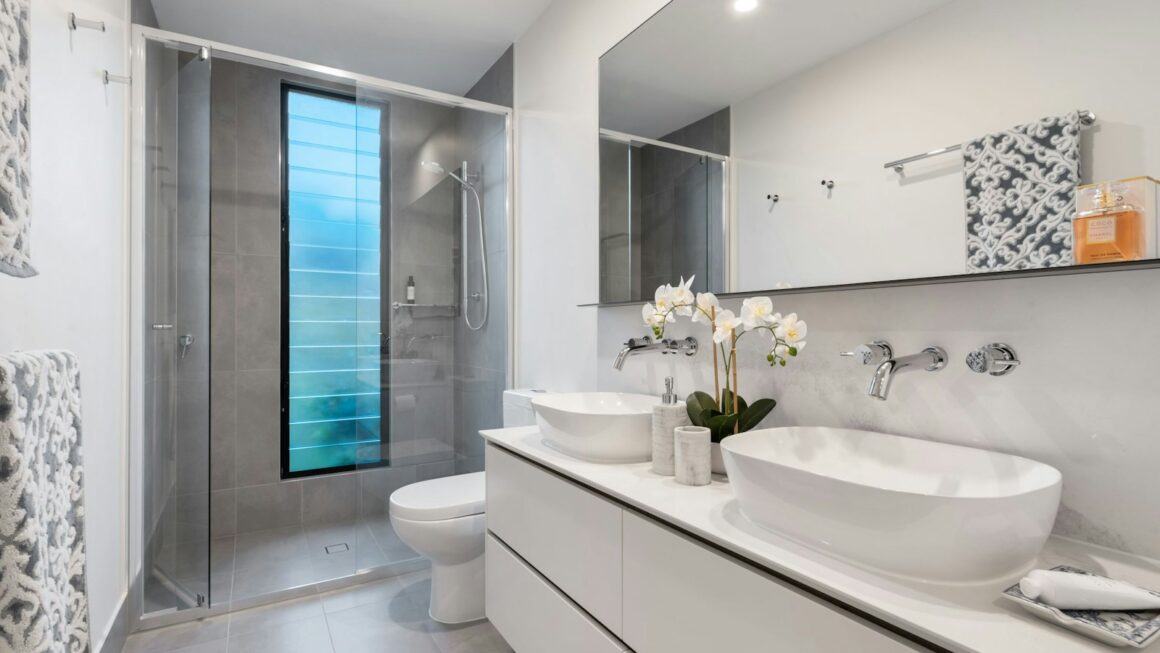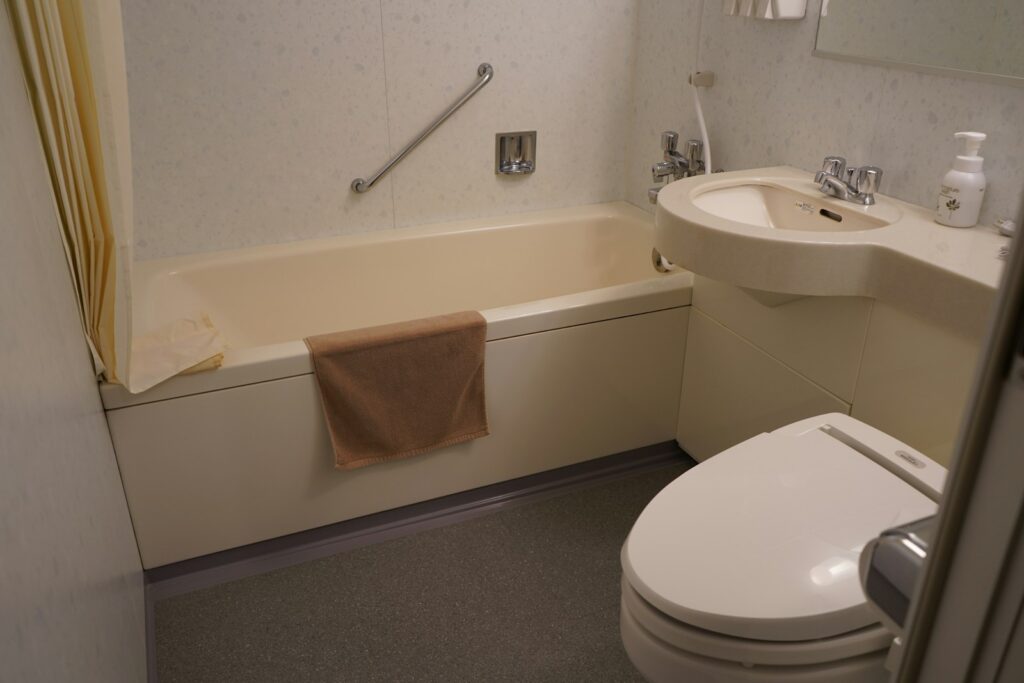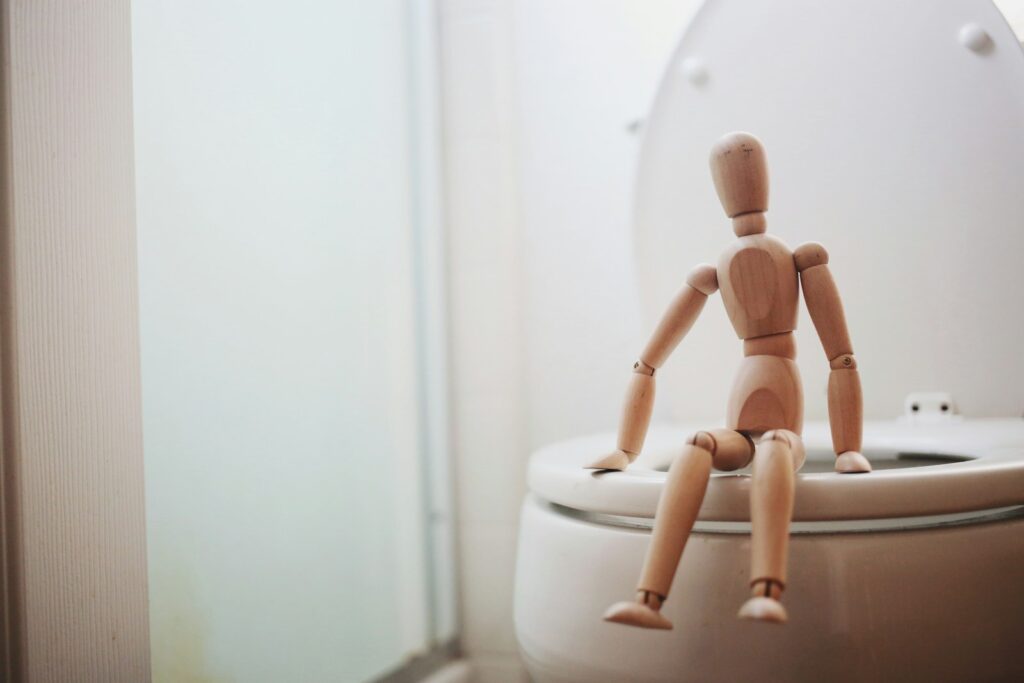One of Japan’s most popular inventions and a machine you are actually probably excited to try out because it is not so common abroad is the washlet. In this blog, we talk about the unique features its buttons offer and how you can use this appliance on the daily.
In Japan, washlet toilets are like the superheroes of bathroom tech, blending comfort, hygiene, and convenience in ways that make regular toilets seem, well, a bit basic. Whether you’re new to Japan or just curious about these fancy thrones, let’s dive into how you can master the art of using a Washlet and upgrade your bathroom game.
For this guide, I will be featuring the washlet Inax CW-H31 which is what we have at home. For this particular model, the control panel is attached directly to the toilet seat. This is a pretty common setup but another one you might find a lot is a rectangular or square control panel attached to the nearby wall. In some bathrooms, you might even see these two types of control panel together (in such case, you can use either).
First Off, What Exactly is a Washlet?
Imagine a toilet seat that’s not just a seat—it’s a mini spa for your backside. Developed by the wizards at Toto, Washlets are these high-tech seats that come with all sorts of nifty features. We’re talking heated seats, water jets for cleansing, adjustable temperatures, and even a gentle blow-dryer to finish things off. It’s like stepping into the future every time you visit the loo.
Buttons And Other Parts
As I always say in my other guides, the unit that you have at home might look different and it might have more buttons or less but as I’m confident that we would be covering the basic and most common functions here, it should help you out in at least getting started. Also notice that no matter the model, aside from the Japanese words, the buttons usually come with illustrations and these tend to be ‘universal’ among various units.
- 停止 (teishi) – This button means ‘stop’ and is used to end any function currently being in use.
- おしり (oshiri) – This translates to ‘rear’ and is used to turn on the washlet function targeting the users, erm, buttocks area.
- ビデ (bide) – Press this to turn on the bidet – washing the front area.
- 洗浄強さ (senjou tsuyosa) – This is to control the water pressure of the washlet.
- 弱 (jaku)/強 (kyou) – Below the 洗浄強さ label, you see these two words with lights beside them. This of course, indicates the water label. 弱 (jaku) means ‘weak’ and 強 (kyou) means ‘strong’.
- 便座 (benza) – This is used to change the warmth of your toilet seat. Yep, no more freezing surprise for your behind during those cold winter nights.
- 温水 (onsui) – You don’t want your behind being sprayed with ice cold water and that is how this function comes in handy. This lets you set the warmth of the water.
- 低(tei)/高(kou) – Found below 便座 (benza) and 温水 (onsui), this indicates the level of warmth you want. 低(tei) means low and 高(kou) means high.
- 節電 (setsuden) – You turn this on for your unit to operate with eco-friendly settings.
- 電源 (dengen) – This is the power button.
How To Use
Setting Your Preferences
- It is advisable to set the water warmth before you use your washlet. Locate the 温水 button and press to choose the levels from 低(tei)-高(kou). If it’s the first time you’re using the washlet, be advised that it would take time for the water to warm.
- Especially during the colder months, I also highly recommend setting the seat warmth. To do this, choose from 低(tei)-高(kou) for the 便座 (benza) function. The seat will also take a little time to heat up.
- Lastly, set the water pressure. If you’re a first time, dear God, set it to the lowest setting. Even if I’ve been here for a while, I always feel more comfortable with the lowest level of water pressure but the Japanese have somehow built up a tolerance for it and they always set it to the strongest level. It always surprises me (and not in a nice way) when I forget to change the settings in public bathrooms or someone else’s house.
Using the Bidet
- Make sure that you are properly seated in the toilet seat. That means, your rear is fully on top. If you don’t, the washlet will either not work or end up spraying water in areas you don’t really intend it to such as your clothing.
- Then, just press the おしり (oshiri) or ビデ (bide) to start. If you feel like the water pressure is not quite right, note that you can still change it at this point by pressing 弱 (jaku)/強 (kyou) under the 洗浄強さ( (senjou tsuyosa) label.
- To stop using, press the 停止 (teishi) button.
Turning On The Eco-Friendly Setting
- To turn on the eco-friendly setting, press the 便座 (benza) and 温水 (onsui) buttons at the same time for about two seconds until the light beside the label 節電 turns green.
Elevating Your Bathroom Experience
Mastering the use of Japan’s Washlet toilet is not just about functionality; it’s about embracing a new standard of cleanliness and comfort. By understanding its features and benefits, users can elevate their bathroom experience to new heights of hygiene and sustainability. Yey!
Oh, and if you want to maximize the use of all the appliances in your Japanese home, be sure to check out my other guides on using Japan’s ceiling lights, washing machines, and more!








